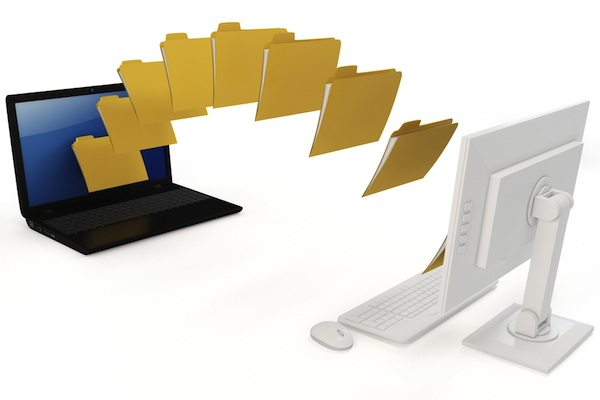How can enterprises streamline the migration of data? [Q&A]

Businesses are under increasing pressure to replace legacy storage with cloud and hybrid options in order to modernize their infrastructure and cut costs.
Migrating data presents a number of challenges and IT teams are turning to automation in order to address them. We spoke to Jonathan Huberman, CEO of specialist in the hybrid enterprise file sync and share market, Syncplicity, to find out more about how enterprises can move their data smoothly and make it available across a number of devices.
BN: How can you guarantee integrity when data is drawn from multiple sources?
JH: Data sync tools need to be designed to ensure that content updated in one place is automatically and seamlessly updated in all other locations, whether these be different access points, such as web, desktops and mobile devices, or content systems, such as SharePoint or Enterprise Content Management (ECM) systems. Syncplicity enterprise file sync and share (EFSS) clients, for example, have built in, robust consistency checking and re-try mechanisms, as well as the ability to continue the completion of file transfer when the network returns after connectivity interruption. If a file is updated via one client, all other clients are immediately notified to sync the new version of the file.
BN: Can archive and geriatric data be separated and removed as part of the migration process?
JH: All companies suffer from data bloat and the volume of legacy files users leave in their wake is expanding at an alarming rate. Change points, such as a migration project, are good times to ensure that old and no longer relevant content is not perpetuated in the new system. Some of this content needs to be archived in case it has to be produced later for regulatory compliance reasons, but much of the older content is able to be deleted, and should be, to avoid the corporate risk of retaining content forever.
BN: Does utilizing a data hub make content more accessible across a range of platforms?
JH: IT organizations are realizing that their modern workers expect to be able to access their content anywhere, anytime and from any of their devices. EFSS solutions solve this problem by ensuring all of a user’s content is accessible to them regardless of whether they are using their laptop, smartphone, tablet or just a web browser, both on or off the corporate network. For companies that, for various business process reasons, cannot migrate their content off legacy systems, the concept of a data hub allows the copying and even bi-directional sync of files between their SharePoint/ECM systems and their EFSS solution, ensuring the content remains accessible from the various platforms required by the business.
BN: What measures are in place to backup and secure the data following migration?
JH: In order for today's CIOs and IT Leadership to sleep at night, they need to be assured that the systems in which their corporate files are stored and managed is highly secure and durable. They need to evaluate and ensure that the vendor they choose to manage their corporate content has passed the most stringent data security audits covering security policies and auditing, privacy and compliance, data sovereignty and protection.
Image credit: dny3d/Shutterstock